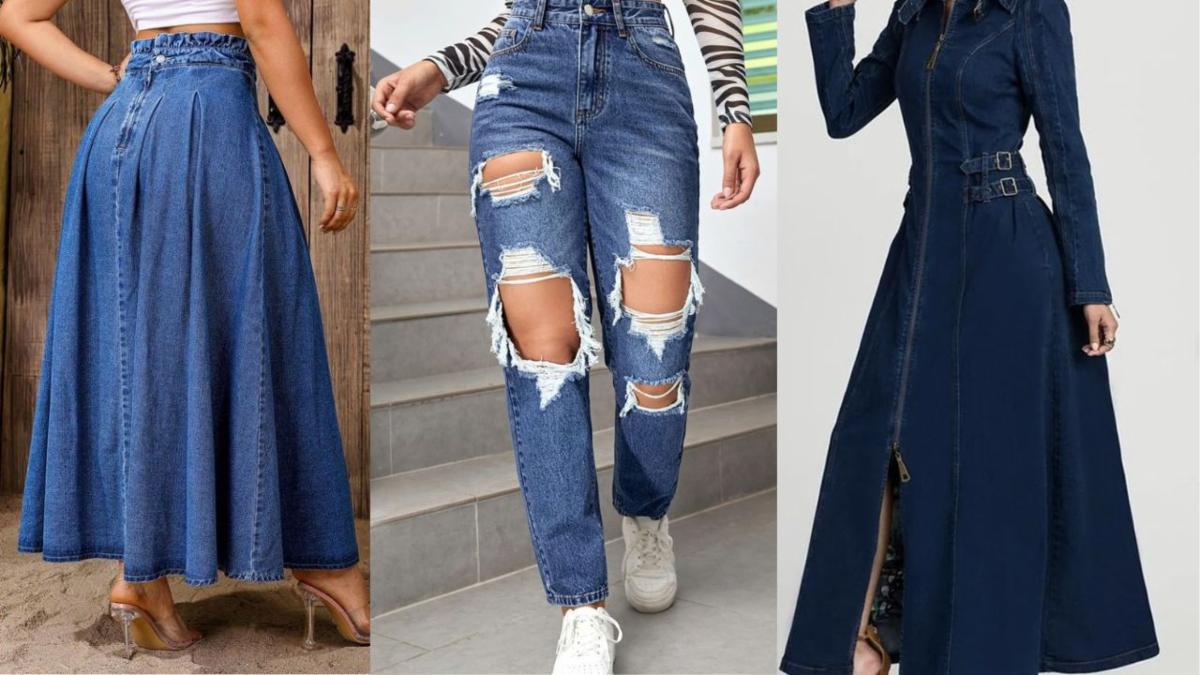Article Body
Under the blazing July sun in Ahmedabad, artisan Nisha Patel threads her needle through recycled denim, stitching not just garments but the future of Indian fashion. Down the street, a college student scans a QR code to virtually try on an upcycled sari dress. The Sustainable Fashion Brands of India have never felt more urgent—or more innovative—than in 2025.
With India projected to generate a staggering 7.7 million tons of textile waste this year, designers and consumers are waking up to the real impact of fast fashion. In a landscape where one cotton shirt demands 2,700 liters of water to produce, the rise of Sustainable Fashion Brands of India is redefining not just what we wear, but how we imagine the future of clothing—and the planet.
Why now? In 2025, global and local conversations around climate, circular economy, and ethical labor have turned sustainable fashion from a feel-good niche into an imperative for brands and buyers alike.
Yet controversy simmers. While Bollywood stars champion upcycled looks on the red carpet, some legacy brands face criticism for "greenwashing"—claiming eco-friendly practices without substantive proof. As a result, the real disruptors are the transparent, often lesser-known labels truly rewriting the rules.
What Are the Top Sustainable Fashion Brands of India in 2025?
Here are seven standout brands redefining India’s sustainability story, each with its own radical approach
| Brand Name | Signature Approach | Location | Noteworthy |
|---|---|---|---|
| Doodlage | Upcycles factory waste into unique apparel | Delhi | Pioneered zero-waste production |
| The Navra | Handcrafted, tradition meets innovation | Jaipur | Blend of artisan craft, slow fashion |
| No Nasties | 100% organic, fair trade cotton basics | Goa | Carbon-neutral, vegan processes |
| I Was a Sari | Upcycles vintage saris into global chic | Mumbai | Women artisan empowerment |
| FabIndia | Heritage brand, handloom & natural dyes | Pan-India | Over 55,000 rural artisans supported |
| B Label | Industrial hemp-based, planet-friendly wear | Mumbai | Focus on hemp's environmental edge |
| Saadaa | Minimalist khadi with low-impact dyes | Bengaluru | Vegan, artisanal, zero plastic |
Did you know? Over 47% of Indian shoppers in 2025 say they’re willing to pay more for genuinely sustainable products.
What Makes a Fashion Brand Truly Sustainable in India?
- Responsible Material Choices: Look for organic cotton, hemp, khadi, bamboo, and recycled fibers that use less water and energy.
- Ethical Labor & Gender Inclusion: Brands must guarantee fair wages and safe conditions. Empowerment of rural and women artisans is vital.
- Circular & Slow Fashion: Buy pieces made for longevity. Recycled, upcycled, and modular designs reduce waste and overproduction.
- Transparency: Trust only those labels that openly share supply chain data and eco-certifications.
"Doodlage’s team provides our artisans with participation in every design decision, making sustainability a collaborative reality," reveals Kriti Tula, co-founder of Doodlage (interview, July 2025).
One-minute list
- 100% organic materials
- Fair wages for all workers
- Water- and energy-saving processes
- Zero-waste, upcycled, or recycled collections
- Full supply chain transparency
Why Are Indian Sustainable Labels Gaining Global Recognition in 2025?
The world is watching—the Indian government’s eco-policy mandates, global retailers courting Indian brands, and the country’s status as the largest organic cotton producer combine to make India the new epicenter for ethical apparel.
Labels like FabIndia and No Nasties are not just national favorites—they’re selling in Europe, North America, and Japan, thanks to digital platforms and India’s expanding sustainable fashion ambassador circuit. The image of Indian design has shifted from “ethnic” to “ethical and aspirational.”
Statistic: The sustainable fashion market in India clocks a 10.6% CAGR from 2021 to 2026, outpacing the national retail sector’s average.
How Do These 7 sustainable fashion brands Drive Impact?
- Doodlage : Converts post-production textile waste into stylish, limited edition clothing, often collaborating with local artisans for finishing touches. Their "buy-back" recycling scheme incentivizes customers to return used garments.
- The Navra: Reimagines classic Indian fabrics and motifs, all hand-dyed with plant-based colors. For every garment sold, a portion goes into artisan welfare funds.
- No Nasties : Partners with Green Story to rigorously measure and offset each product’s carbon footprint, investing in Indian reforestation projects.
- I Was a Sari : Employs underprivileged women to upcycle vintage saris, offering skill development and access to global fashion markets.
- FabIndia: One of the largest buyers of Indian khadi and handloom, preserving ancient crafts across more than 200 clusters.
- B Label : Utilizes industrial hemp, a crop requiring five times less water than cotton.
- Saadaa: Builds a design philosophy around minimalism, veganism, and hyperlocal raw materials with all packaging compostable.
Impact for You
Buying from these brands means you’re not just shopping eco-chic—you’re funding fair jobs, cleaner rivers, and a living legacy of Indian handcraft.
Why Sustainable Fashion Is the Top Trend in India for 2025
Sustainable fashion brands of India are at the center of several 2025 megatrends
- Climate-Smart Innovation : Low-impact dyes, zero-waste manufacturing, and AR virtual try-ons are making headlines.
- Celebrity Endorsement : Eco-fashion is a mainstay on red carpets, with influencers now forced to reveal their “sustainability scorecards.”
- Consumer Power : Shoppers use apps to track a brand’s environmental and social claims. Fake green tags are routinely exposed onl
What’s Next?
Are you ready to change the way you shop? Every rupee you spend can help shape India’s greener tomorrow.
Action Steps for the Conscious Consumer : What Should You Do Next?
- Choose brands with clear supply chain visibility and recognized third-party certification.
- Ask brands about their labor practices and environmental impact—hold them accountable.
- Go beyond trends: Invest in timeless, high-quality pieces, not fast fashion.
- Join community swap events, upcycle your own clothes, or participate in online “green style” forums.


Comments